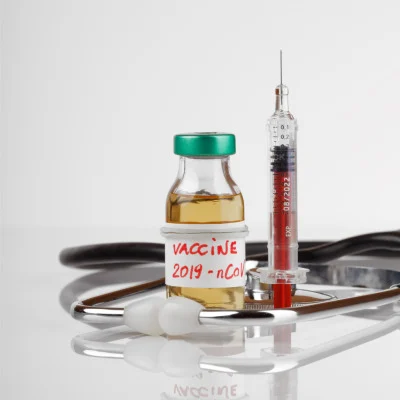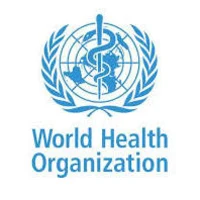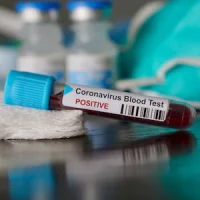Researchers around the world are testing a wide range of COVID-19 vaccine candidates, with over a hundred vaccines in development, and almost 600 clinical trials either ongoing or completed.
You may also like: Teaming and Funding Opportunities for COVID-19 Researchers
The Coalition for Epidemic Preparedness Innovations (CEPI), an international body that is maintaining an overview of the global landscape of COVID-19 vaccine development activity, has published a research in Nature Reviews Drug Discovery. According tothe publication, 115 vaccines candidates were in varying stages of development around the world as of 8 April.
If you want to share your experience and perspective on COVID-19, please do.
Of those, 78 were confirmed as active with 73 being at exploratory or preclinical stages and the remaining five having recently moved into clinical development. It is reported that most vaccine candidates for which information is available aim to induce neutralising antibodies against the viral surface protein referred to as the ‘spike protein.’
Private
or industry developers have the largest share in the active research projects with
56 vaccine candidates (72%). Notably, many of the lead developers wereidentified
as small and/or inexperienced in large-scale vaccine manufacture.The rest (22 projects,
28%) falls on academic, public sector and other not-for-profit
organisations.
Almost half (36, 46%) of the 78 projects are being developed in North
America. Europe, China and Asia and Australia (excluding China) has 14 projects
(18%) each. There is no public information with regard to similar initiatives
in either Africa or Latin America.
Earlier this year, CEPI published an estimate that $2
billion would be required to develop a vaccine against COVID-19. So far
€633 million ($690 million) has been pledged
to CEPI by countries such as Belgium, Canada, Denmark, Finland, Germany, Norway
and the UK.
The first stages of the current COVID-19 trials are expected
to be completed this autumn, next spring or even later in order to allow time
for safety checks.
As Peter Hotez, dean at Baylor University’s National
School of Tropical Medicine, said in a comment
to National Geographic, “A year to 18 months would be absolutely unprecedented.”
He admitted that deploying technology and additional funding could shorten the
time for vaccine delivery, but stressed that “we have to be really careful
about those time estimates.”
The World Health Organization's International Clinical Trials Registry
Platform (WHO ICTRP) currently lists 590 ongoing and
completed COVID-19 studies. In the Draft Landscape of COVID-19 Candidate
Vaccines published
on 4 April, the organisation lists two candidate vaccines in clinical
evaluation and 60 candidate vaccines in preclinical evaluation.
In the meantime, researchers from Hong Kong have published a paper
in The Lancet, modelling impact assessment of control measures in China and
suggesting second-wave scenario planning. The results of their study show that after
lifting the current restrictions, countries will have to closely monitor new
infections and adjust the controls they have in place until there is a vaccine
against COVID-19. And there are examples backing these recommendations. Despite
their initial
success in containing the spread of the coronavirus, Singapore, Taiwan and
Hong Kong are now confronting a new
wave of COVID-19 cases.
Image credit: iStock | claraveritas
If your company is interested in engaging with our COVID-19 community,
please send us anemail.










